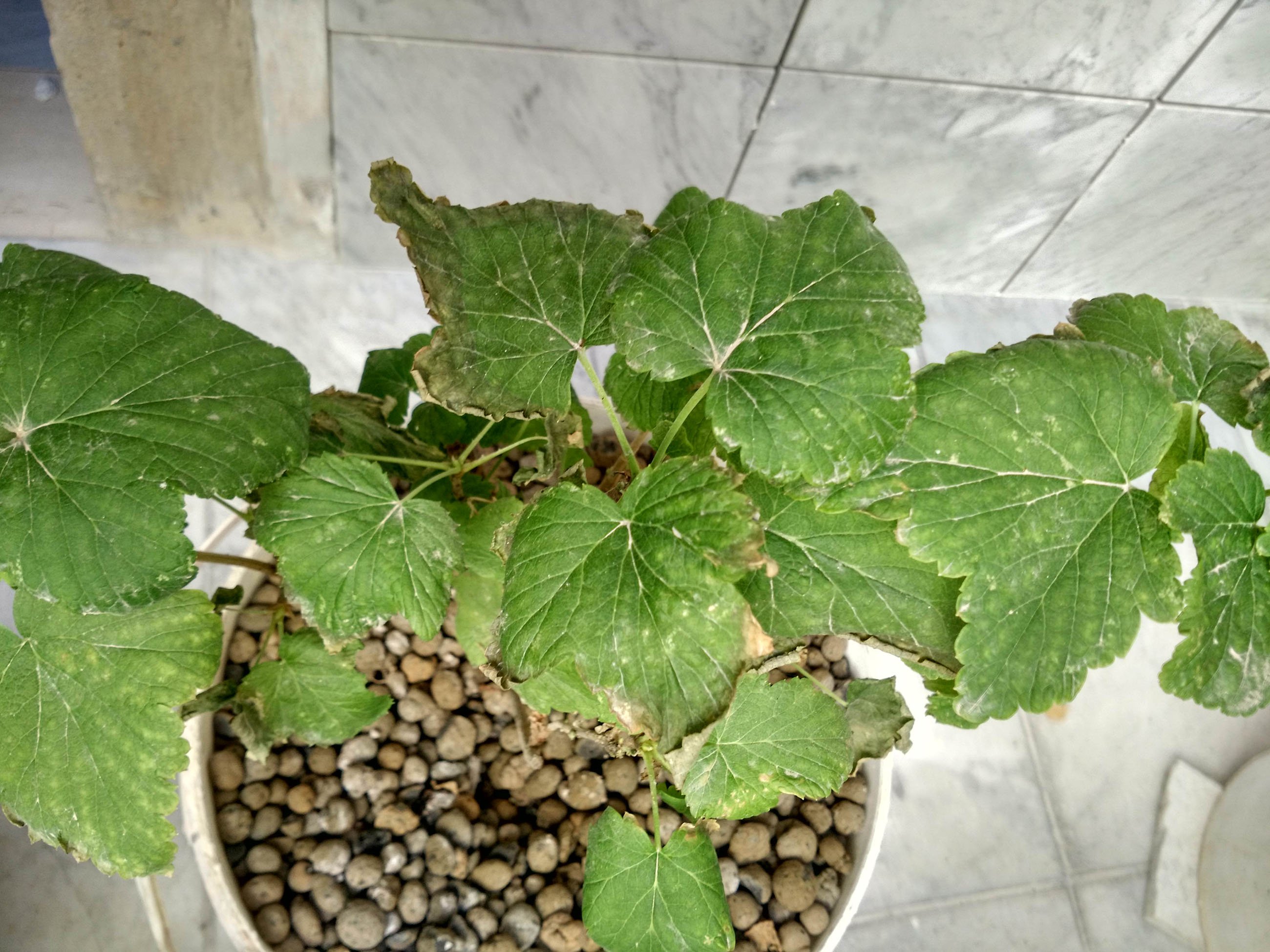Red and Black Currants with unidentified problems
Hello there,
I have in my interior patio a few berry plants in vases, right in the centre of a city, in Portugal.They catch about 3-4 hours of direct sun and We are having a very dry and hot Spring and Summer.
I have two "Heritage" Blueberries, one "Heritage" Raspberry, one "Roland" Red Currant and one "Titania" Black Currant.
All these plants were transplanted to the vases in April of this year using good quality commercial soil and with excellent draining system (tested).
For the Blueberries I used a soil with a PH of 4-4.5 with fertilization for 9 months. For the Currants and the Raspberry a soil with a PH of 5.5-6.5 and fertilization for 2 months.
After 2 months of the transplant I applied some fertilizer to Raspberry and Currants plants.
For watering I just use rain water.
The blueberries are great, and the raspbeeey looks good too. However, the currants are with problems and I don't know what it is and how to solve it.
Could you help me, please?
Posts
The "Roland" Red Currant.
And the "Titania" Black Currant.
MEanwhile, the leaves of the Black and Red Currants fall completely.
No idea of what is going on. I have repositioned the Currants to a more sunny and hot place, and have started to increase the amount of tap watering to clean the roots of the used fertilezer and also to decrease the acidic of the soil in conjunction with marble powder.
Blackcurrants grow quite happily here in shade. In portugal , I would imagine they are frazzled due to the heat.
I think fidgetbones is correct and that currants are only suitable for a cooler climate. Wikipedia says this:
"The blackcurrant (Ribes nigrum) is a woody shrub in the family Grossulariaceae grown for its piquant berries. It is native to temperate parts of central and northern Europe and northern Asia where it prefers damp fertile soils and is widely cultivated both commercially and domestically."